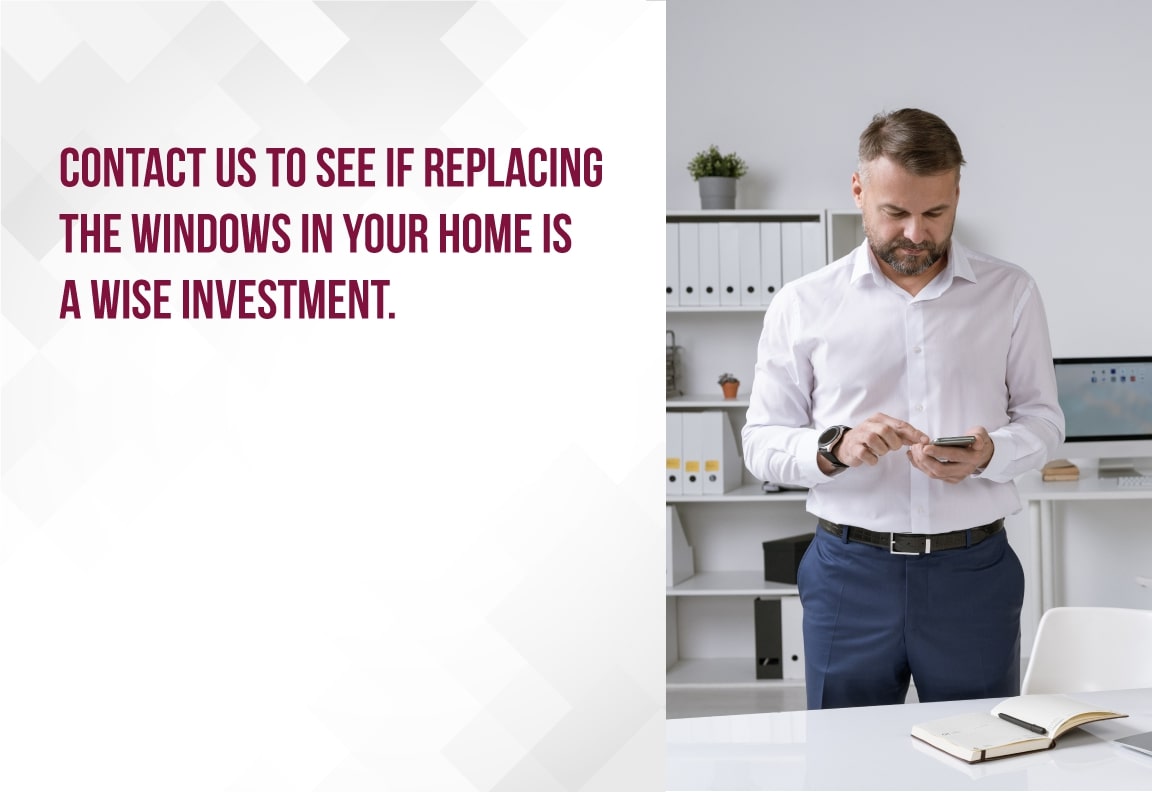Considering New Replacement Windows? Read Our Ultimate Guide To Windows First
Windows add light and beauty to your home, but they have an unfortunate downside: even closed, they're a weak spot in your home where cold air can enter.
This is miserable in the winter, and the heating costs can get out of hand!
In fact, maybe you've considered replacing your windows to make your home more efficient but wondered:
Is the investment worth it?
At Graber Supply, we're committed to making your home efficient and beautiful, offering a selection of energy-efficient windows.
In this article, we explore the wisdom of investing in new windows, components of an energy-efficient window, and how to choose the right one.
Ready to go? Let's jump right in!
5 Reasons Replacement Windows
Are Worth The Investment
Before jumping headlong into an investment, take some time to think through all aspects of the project.
When it comes to putting new windows in your house, the first question to consider is whether or not the investment in new windows is worth the cost.
Energy Savings of New Windows
Most people know that replacing their old windows with energy-efficient ones reduces their homes' heating and cooling costs.
However, if energy savings were the only benefit of new windows, the investment would probably not be worth it.
The U.S. Department of Energy estimates that you'll save between $126 to $465 a year by replacing single-pane windows in your home. If you already have double-pane windows that you are simply upgrading, you can plan on $27 to $111 in yearly savings.
The cost of windows varies depending on the size, type, and quality. The average price for a new window is $700.
That means an average-sized home costs around $6,500 to $11,000 for window replacement.
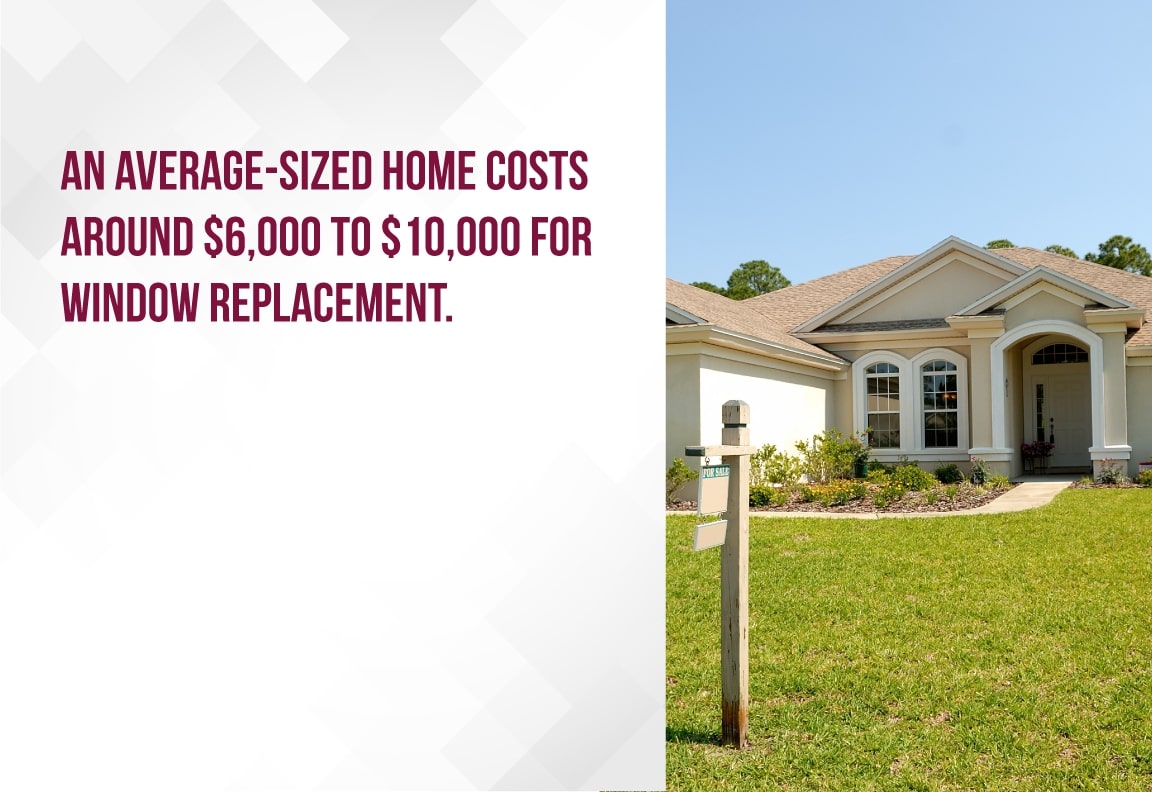
In other words:
New windows take a minimum of 14 years to pay for themselves in energy savings alone (if we assume a $6,500 total cost divided by $465 in yearly energy savings).
Thankfully, energy savings are not the only way new energy-efficient windows improve your home.
Increase Your Home Resale Value
When you replace your old windows with new, energy-efficient windows, the value of your home takes an upward leap.
Usually, you recoup about 70 to 80 percent of the costs of new windows on the increase in your home’s value.
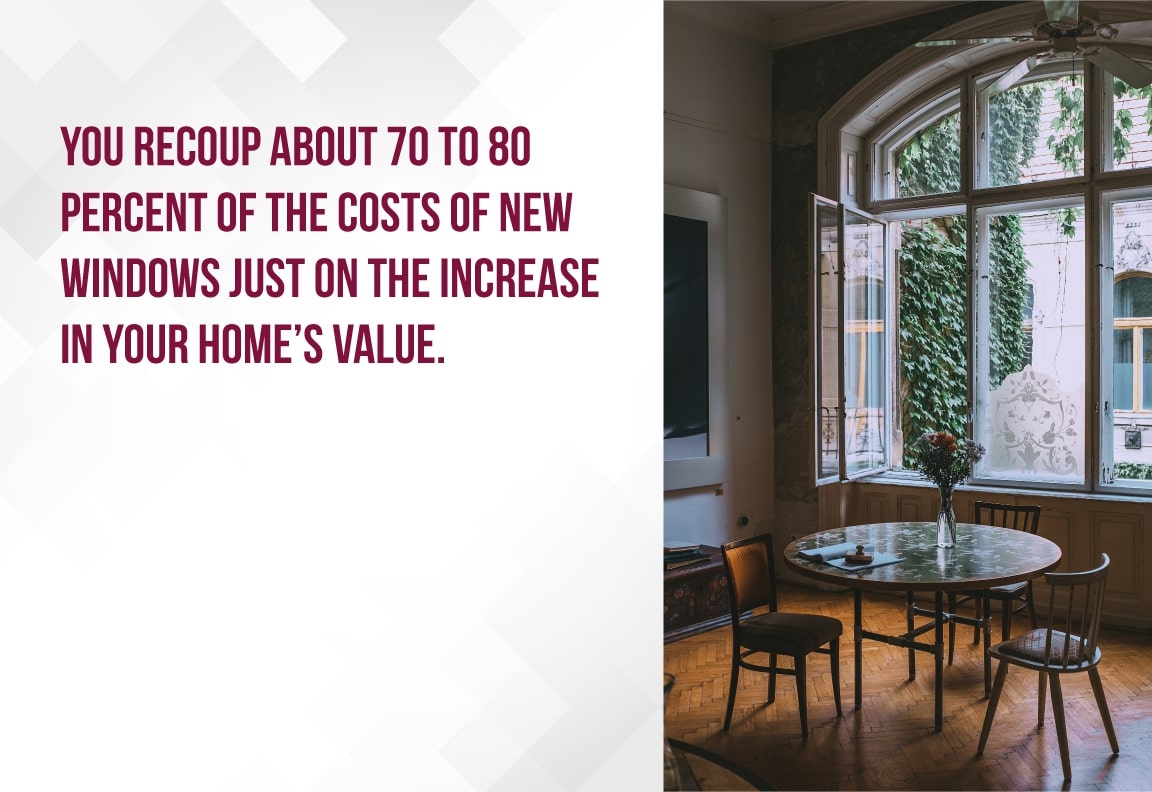
So, if energy-efficient windows cost $10,000 to install, you can expect the overall value of your home to increase by $7,000 to $8,000.
Not bad, right?
Stay Cozy in the Winter and Cool in the Summer
Comfort matters! It's so nice to be cozy in winter and cool in the summer. But beyond that, you'll be less productive and more irritable if you're too cold or hot.
Energy-efficient windows minimize the cold drafts you feel in your house. They'll help you stay cool in summer and warm in winter.
But even beyond temperature regulation, energy-efficient windows prevent mold growth and prevent dust, dirt, and insects from getting into your home, making the interior safer and more comfortable for your family.
Help the Environment
Did you know that electricity generated by fossil-fueled power plants is the leading cause of carbon monoxide in our atmosphere?
That's right—replacing outdated windows with energy-efficient windows helps the environment as well as you and your family.
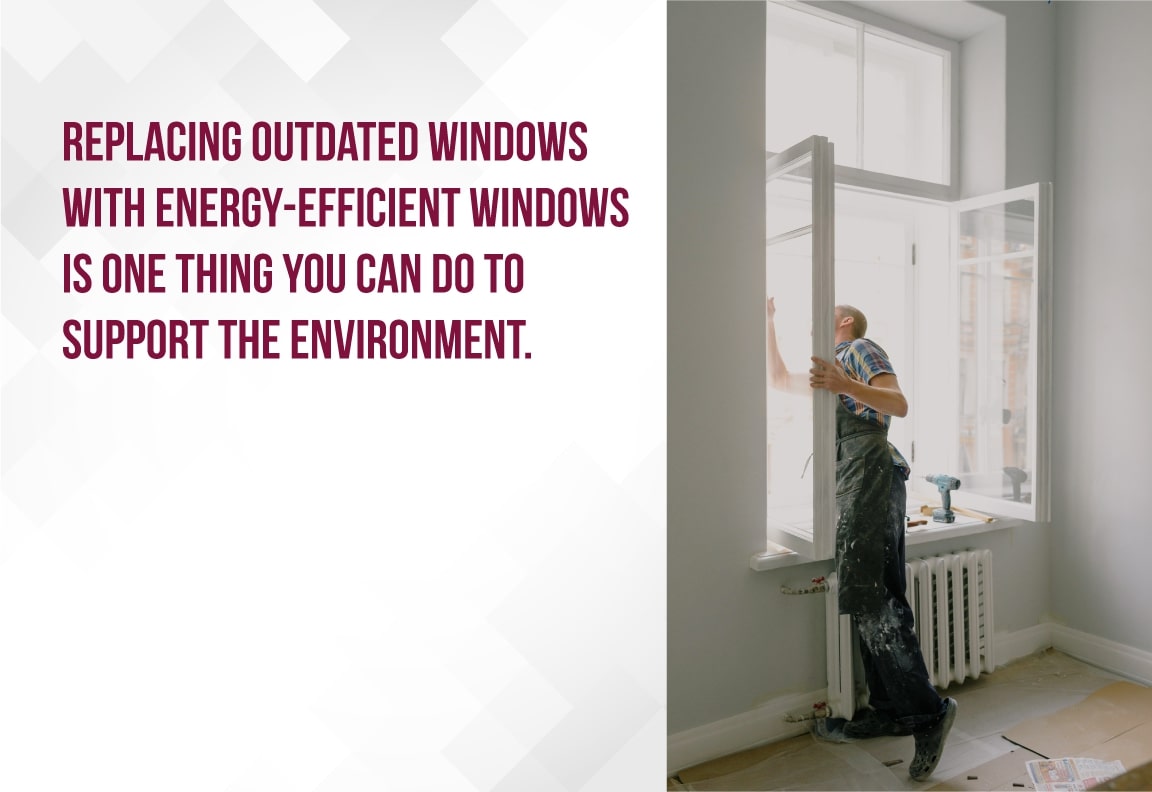
Energy-efficient windows allow you to use less energy to heat and cool your home. Lower demand for energy means that power plants use fewer resources and become less dependent on fossil fuels, which are becoming increasingly scarce and costly.
Energy-efficient windows also help you do your part in decreasing carbon dioxide emissions.
In fact, the energy saved in heating and cooling offsets up to 6,205 pounds of carbon dioxide emissions—the equivalent of 317 gallons of gasoline!
Get a Chance At Preferred Financing
Some states and utility companies offer installation incentives because of the environmental benefits that energy-efficient windows provide.
DSIRE is a comprehensive source of information on state, local, utility, and federal incentives and policies that promote renewable energy and energy efficiency. Simply choose your state to view the policies and incentives that apply to you.
You can also find rebates for windows, doors, and skylights using Energy Star's rebate finder.
New, energy-efficient windows make even more sense when you can find an applicable rebate for your new window installation.
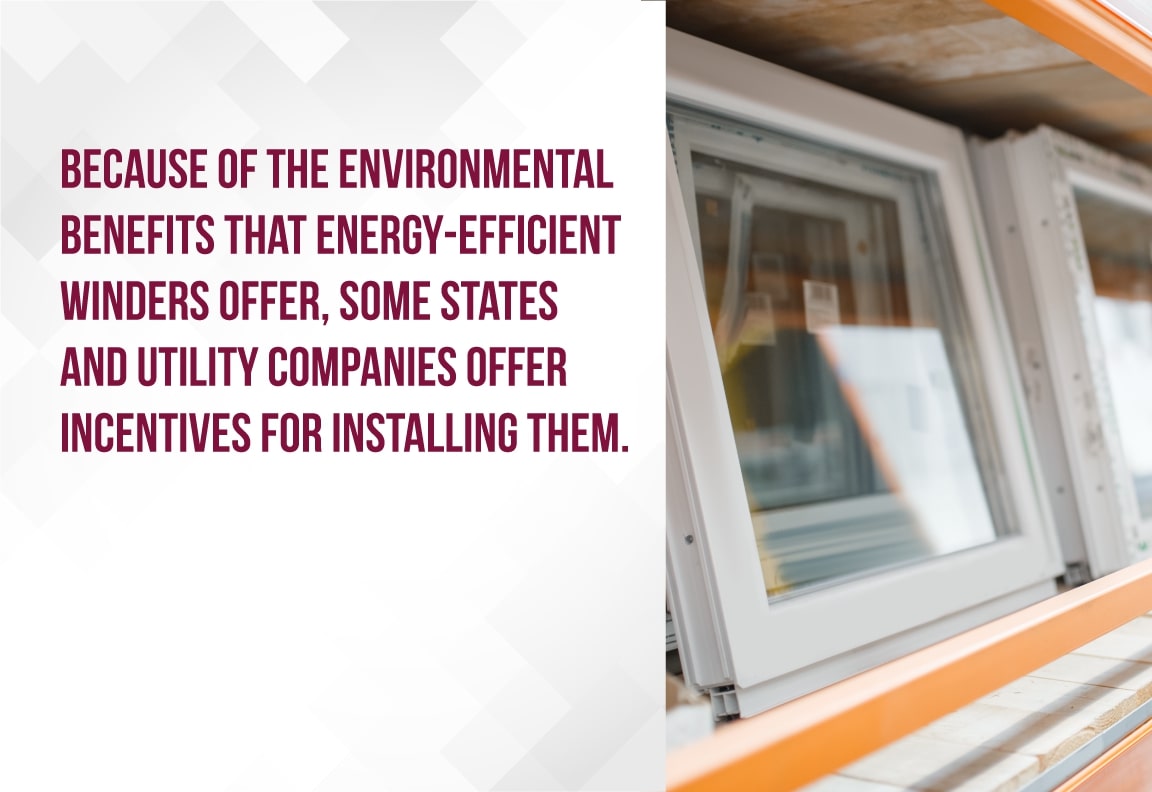
Summary
Considering all the factors, installing energy-efficient windows seems worth the investment. Besides saving money, energy efficiency also has a positive environmental impact.
And for the record, efficient doors are just as important as efficient windows! If you want to know more, read our new entry door installation blog, as well as our blog about storm doors.
6 Components Of An Energy-Efficient Window
Deciding if new energy-efficient windows are important is step one when replacing windows in your home.
Next, you must know how to pick the right energy-efficient window for your home. Here are six considerations to take into account when it comes to choosing energy-efficient windows.
Energy Qualifications
Energy efficiency for windows is based on ratings certified by the National Fenestration Rating Council (NFRC).
The energy ratings that the NFRC gives are based on two main factors: U-Factor and SHGC.
- U-factor is the rate at which a window, door, or skylight conducts non-solar heat flow. The lower the U-factor, the more energy-efficient the window is.
- Solar heat gain coefficient (SHGC) is the fraction of solar radiation admitted through a window that is subsequently released as heat inside a home.
The lower the SHGC, the less solar heat it transmits and the greater its shading ability.
A product with a high SHGC rating is more effective at collecting solar heat during the winter. A product with a low SHGC rating is more effective at reducing summer cooling loads by blocking sun heat gain.
Your home’s climate, orientation, and external shading determine the optimal SHGC for a particular window.
If your eyes just glazed over at that explanation, don’t panic! Energy.gov’s comprehensive Efficient Windows Collaborative can help you select the right windows based on geography and climate.
And if you want to make it really easy, look for the ENERGY STAR sticker. Any product with the sticker is guaranteed to meet or exceed energy code requirements.
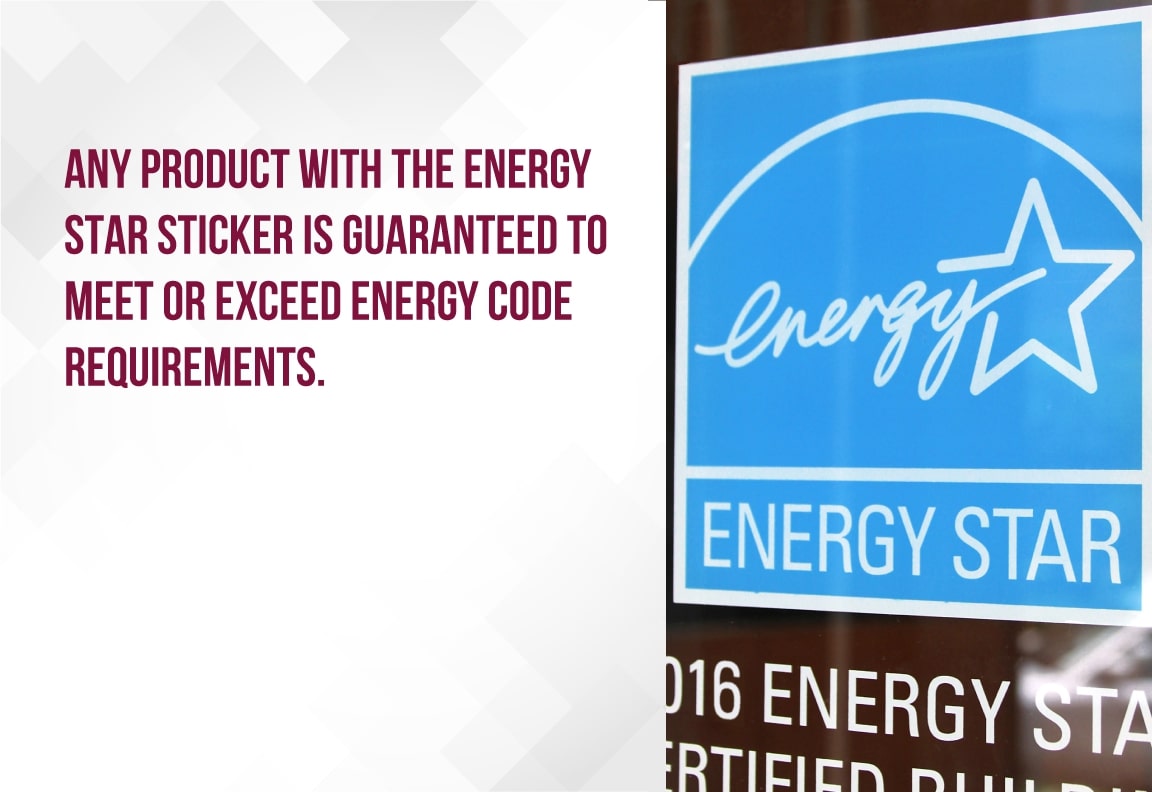
Let's take a look at some window factors that affect their energy-efficiency.
Panes of Glass
Newer windows are typically double-pane or triple-pane, meaning they have two or three glass panes.
As a rule of thumb, the more panes, the more energy efficient the window is.
However, while logic may tell you that three-pane windows are always the best option, that is not necessarily true. Triple-pane windows are expensive and heavy. So, triple-pane windows may be overkill unless you live in a cold environment.
The best thing to do is check with your local window supplier and get their recommendation on the number of panes needed for your geographical area.
Gas Fills
Glass itself is a terrible insulator. The gas fill—the air between the glass panes in your window—does most of the insulating.
Some energy-efficient windows go one step further and have argon or krypton gas injected between the panes. These gasses are transparent and provide even better insulation than regular air.
Thankfully, argon and krypton are entirely non-toxic, so small leakages pose no risk to your health.
Frame and Sash Materials
Window frames and sashes can be made from several materials. The most commonly used materials are wood and vinyl.
Generally, wood is the best material for insulation and energy efficiency. However, if the wood is damaged by weather, gaps could allow heat and cold to transfer into your home.
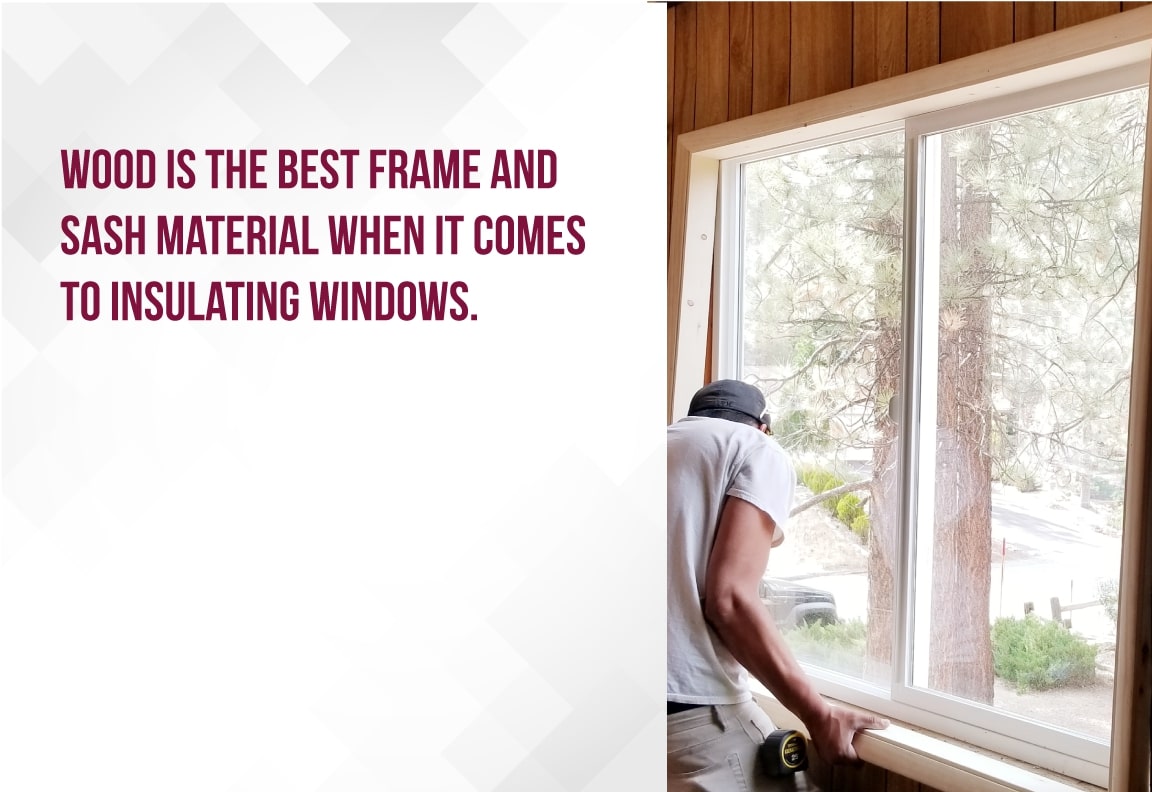
Vinyl is also a good insulator, though not as good as wood. Foam-filled frames particularly enhance insulation. Unfortunately, hollow-core vinyl frames are not as effective as insulators.
Warm Edge Spacers
Spacers are used to separate and secure panes of glass.
The glass edges are always the most vulnerable to heating and cooling loss. Because of this, look for warm edge spacers.
Warm edge spacers feature "warm edge technology," meaning they reduce the conductivity of heat and cold on the panes of glass.
Low-E Glass
You can increase your window's energy efficiency by selecting specific Low-E (low-emissivity) glass coatings for different areas of your home. These are layers of thermal protection inside the insulating glass that help:
- Reflect summer heat, and keep your house cool.
- Reflect winter cold, and keep your home warm.
- Block harmful UV rays to prevent furniture and other valuables from fading.
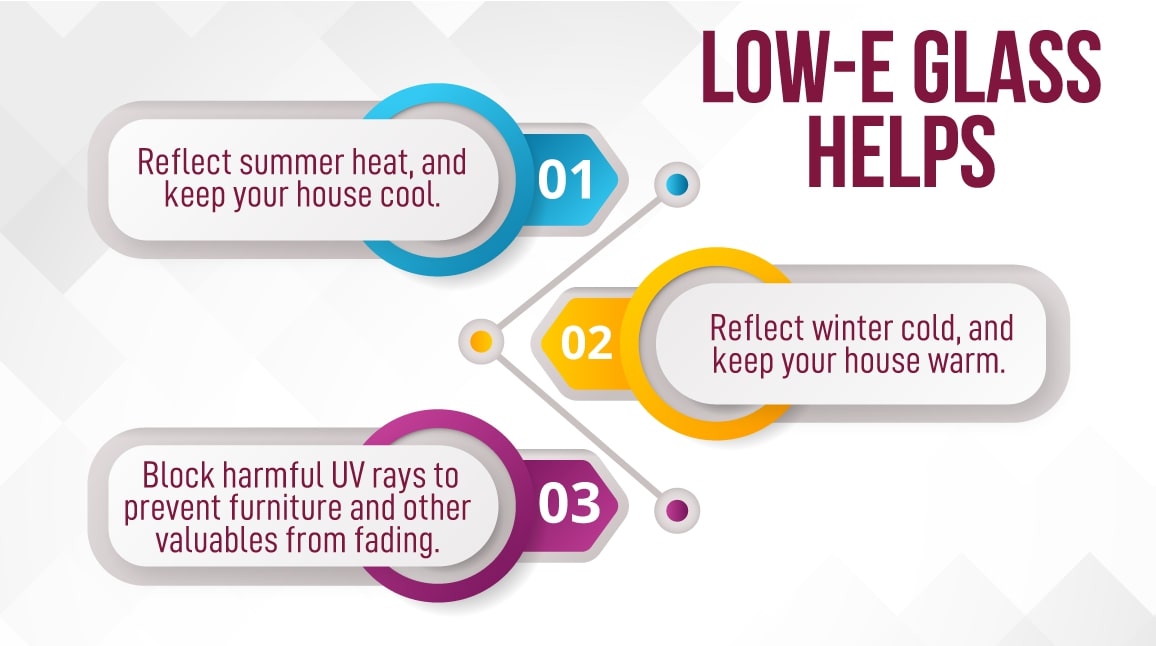
10 Main Styles Of Replacement Windows
Most people want more than just energy efficiency when it comes to their windows—they also want something that looks nice and is easy to clean!
Let’s figure out which kind of energy-efficient window is right for you!
Single Hung Windows
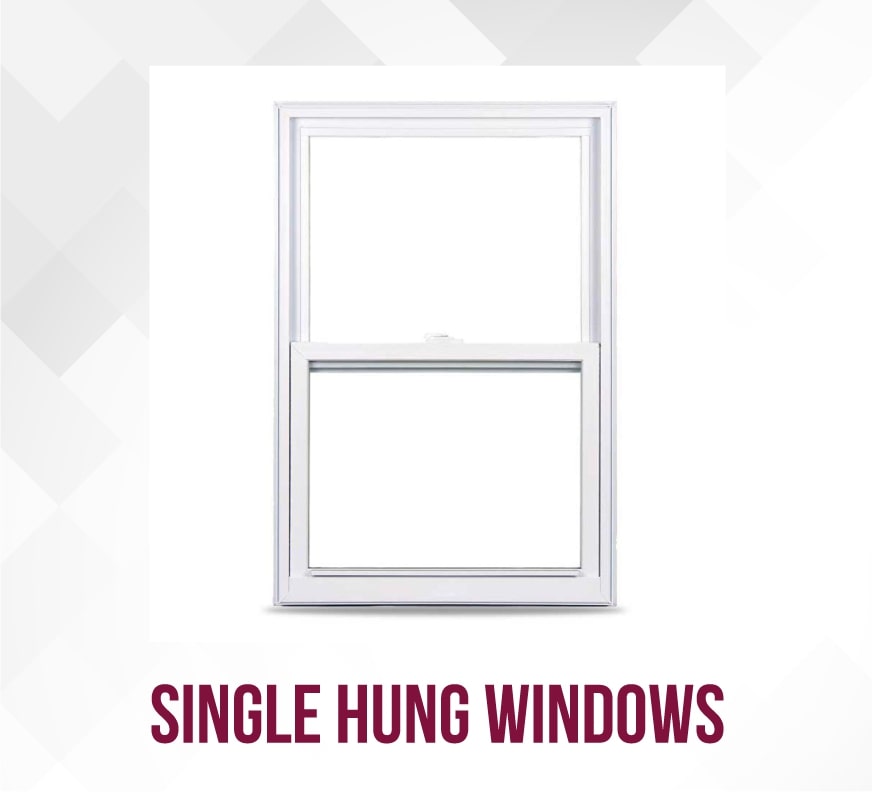
In single-hung windows, the bottom window panel slides up and down. However, you cannot move the top window panel.
The windows generally have a simple, clean look and allow fresh air into the house. However, cleaning the outside of the top panel requires a ladder since it is not moveable. Some may find this frustrating or even impossible.
Double Hung Windows
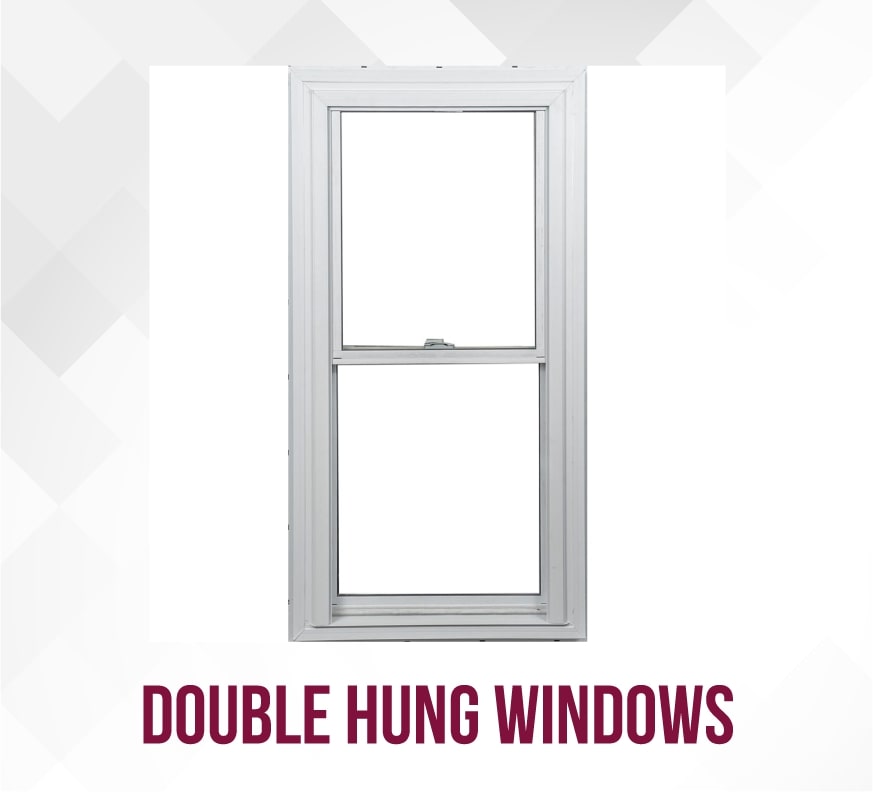
A double-hung window is similar to a single-hung window. However, with double-hung windows, you can move both the top and the bottom panels. That means you can easily clean all the panels from inside your home.
Double-hung windows look very similar to single-hung windows but are often more expensive. They are most often found in homes with classic traditional styling.
Awning Windows
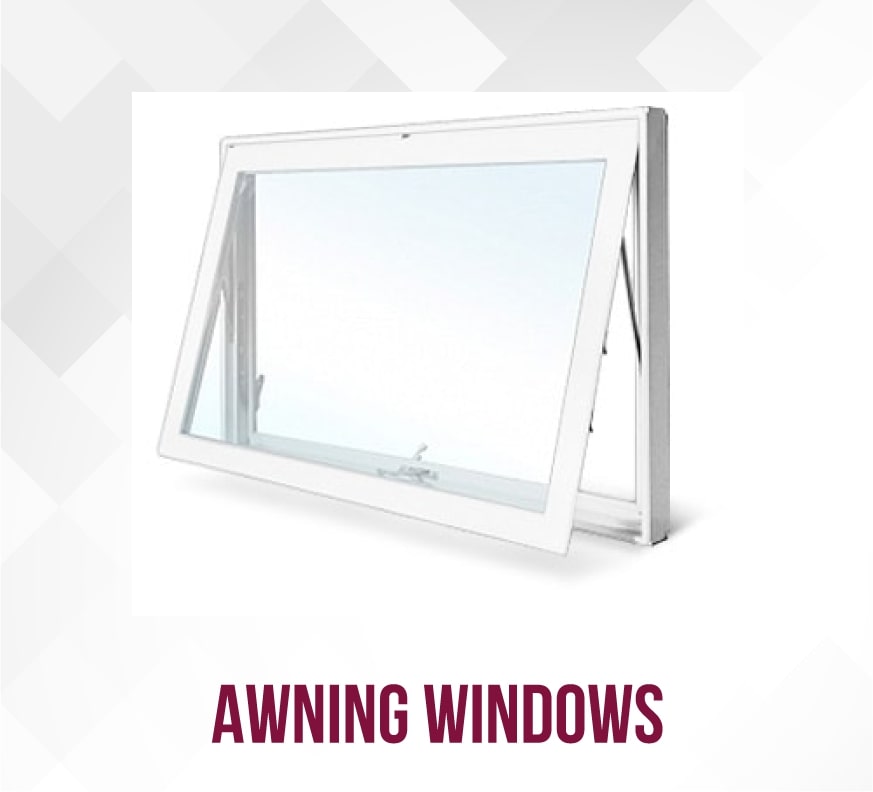
Awning windows have a unique design. Instead of sliding up and down, they hinge and open outwards.
They are hinged at the top and swing out from the bottom, gliding open and shut with the turn of a handle.
Awning windows are ideal for climates with lots of rain since their design protects the window opening from getting wet, even when it is open. However, you cannot clean both sides of awning windows from inside your home, which is less convenient than double-hung windows.
Casement Windows
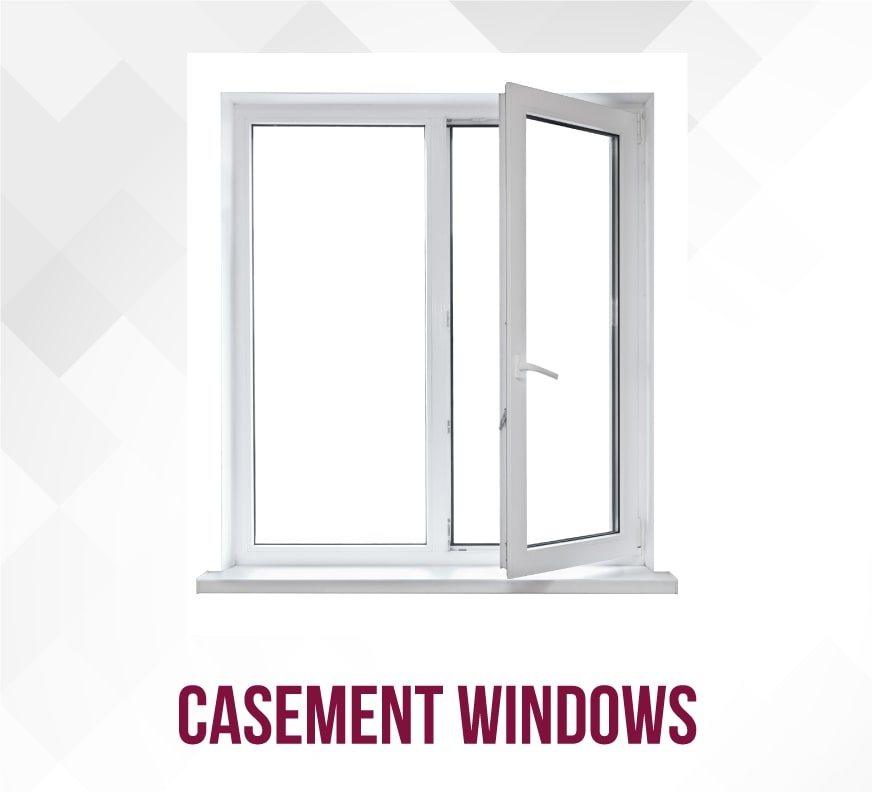
Like awning windows, casement windows open and close with a crank.
However, instead of opening vertically, casement windows swing open horizontally. One side remains stationary, while the other pivots open like a door.
Casement windows have a slightly more modern look than standard single or double-hung windows. They are also very helpful if you want to catch and direct breezes into your home.
However, the downside is that casement windows can be broken off by strong winds - especially when cranked the whole way open.
Picture Windows
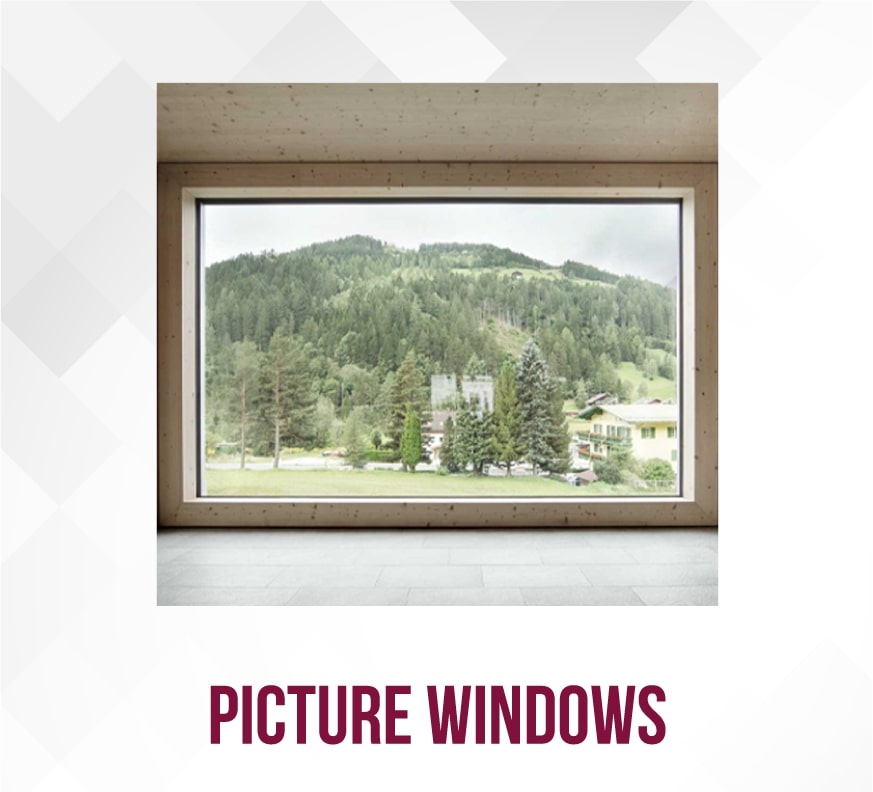
Picture windows are fixed and can't be opened. Most often, they are large and don't have any panes or visible frames.
If you have a stunning view that you want to maximize, a picture window is the perfect choice for you!
Beware, though - picture windows near busy roads allow people a great view of your home. If you value privacy, you'll want to equip your picture window with curtains you can close when it's time to be alone.
Sliding Windows
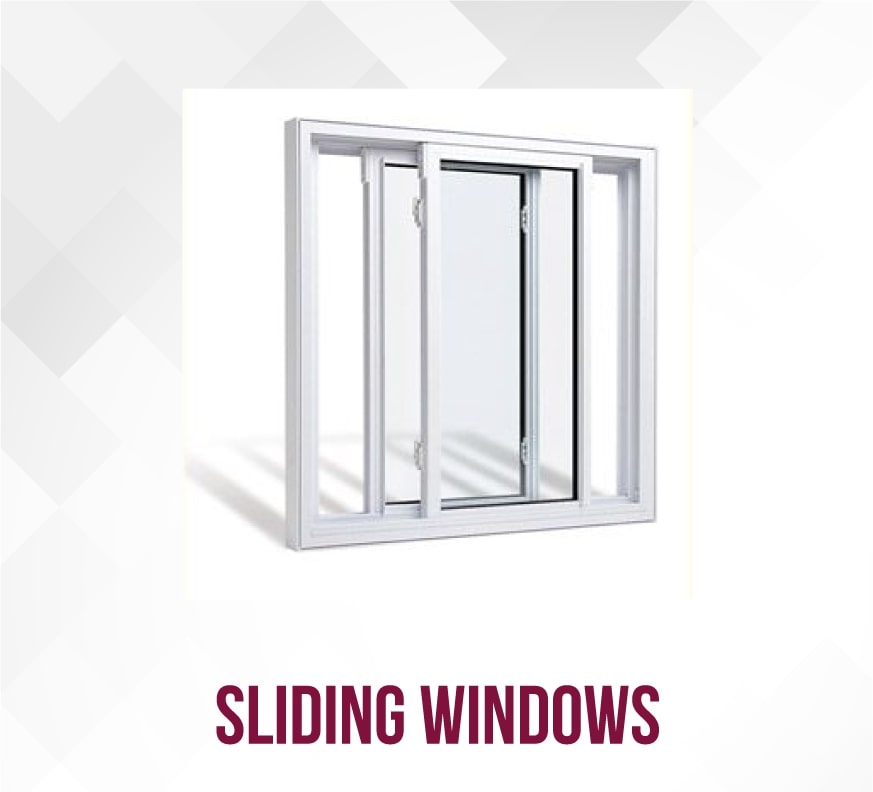
Sliding windows are straightforward. They consist of two side-by-side windows that slide horizontally past each other on tracks.
Sliding windows were popular in new construction during the 1950s and 60s, so they are a bit outdated now.
However, sliding windows are less expensive due to their simple design, and they are pretty durable. Also, they often tip in so that you can clean them easily.
Skylight Windows
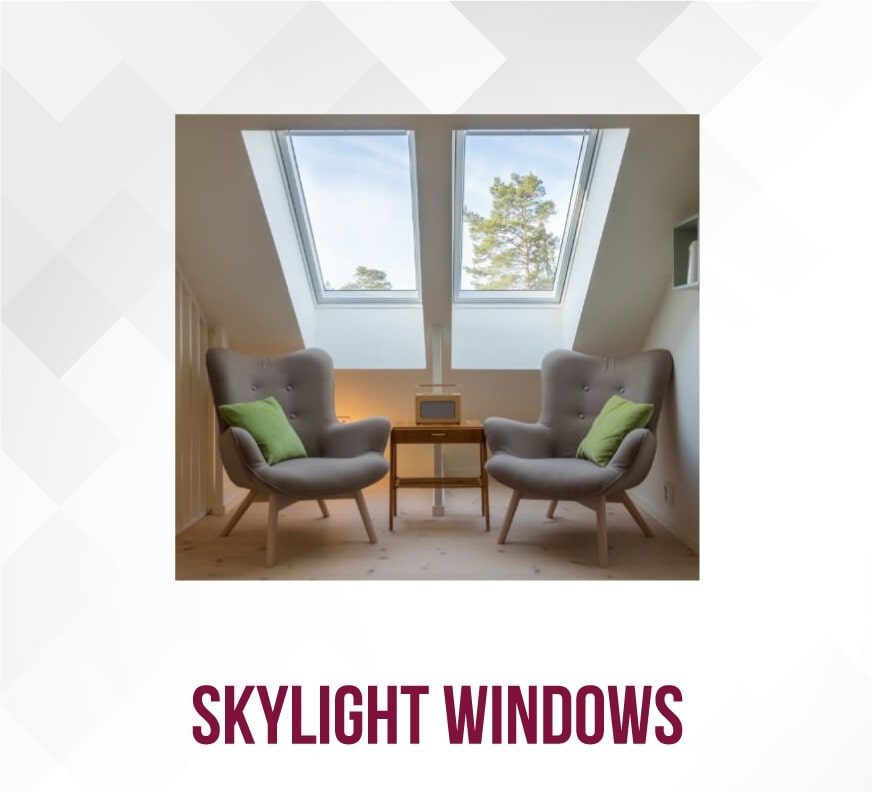
Skylight windows are windows installed on your roof that let in light from above.
If you want to add more natural light to your home but have limited options with exterior walls, a skylight is an excellent option. They allow you to enjoy beautiful natural lighting in upstairs rooms.
Because of their placement, skylights take a heavy beating from the sun and rain. As a result, these windows are prone to problems and have a shorter lifespan than others.
If you're interested in putting in a skylight because you're re-doing your roof, we recommend researching good options and reading our blog post about Decra roofing.
Hopper Windows
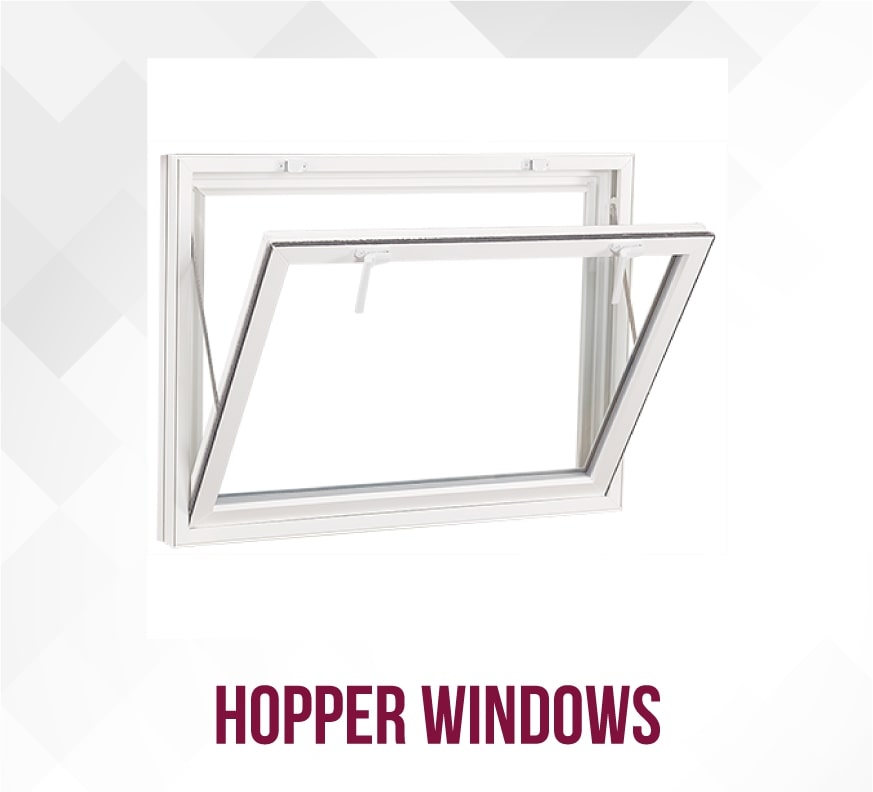
Hopper windows are pretty much the opposite of awning windows—they hinge at the bottom, allowing the top of the window to tip into the room.
Hopper windows efficiently use compact spaces, so they are commonly found in basements or bathrooms.
Hopper windows also provide excellent insulation since they seal tightly against the window frame when completely closed.
Arched Windows
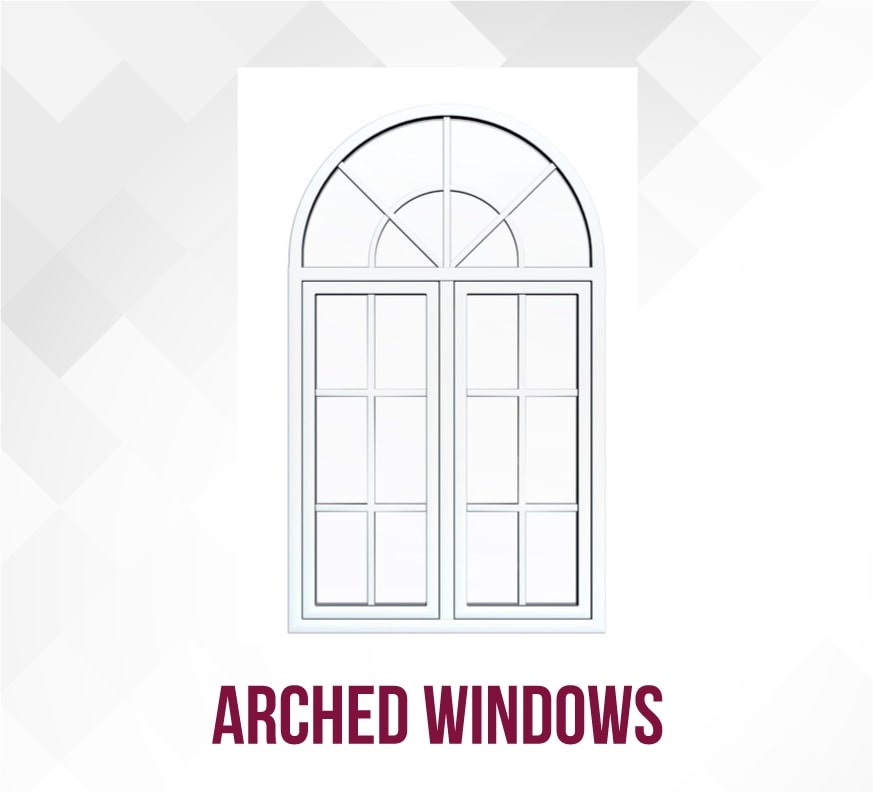
Arched windows have rounded tops that add a design statement to any home.
Like picture windows, arched windows usually do not open and close. Instead of ventilation, they are used for aesthetics - letting in lots of light and giving a unique view of the outside world.
They can be a lovely touch to any home!
Bay Windows
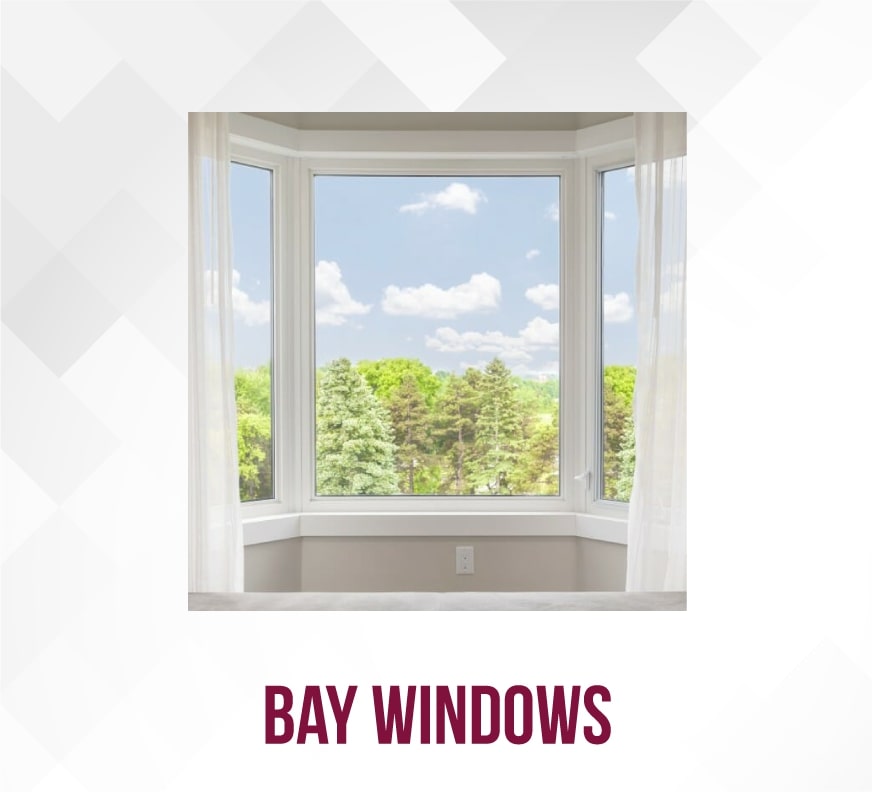
Bay windows protrude from an exterior wall and create a small shelf in the home. They are traditionally formed with a fixed center picture window flanked on the sides by one or more double-hung or casement windows.
Bay windows are usually quite large and create a stunning design statement. The shelf that a bay window makes in the interior of a house is a great place to build a reading nook or display plants. They also let in lots of beautiful natural light.
However, bay windows are quite expensive, and because of their weight, they often require you to do a fair amount of structural work to your home.
Summary
No matter your style, there is a window to match it. And no matter what kind of window you choose, you can always ensure it’s energy-efficient!
Conclusion
You will run into many questions when you take the plunge and invest in new, energy-efficient windows for your home.
Hopefully, this article helps guide you toward making a wise, informed decision about your investment.
If you are looking for efficient windows and live in Northern Indiana, consider Graber Supply.
We offer the highest quality Andersen Windows and employ an experienced, friendly staff.
It doesn't stop there, either. We also offer the following:
Contact us today—we look forward to hearing from you!
